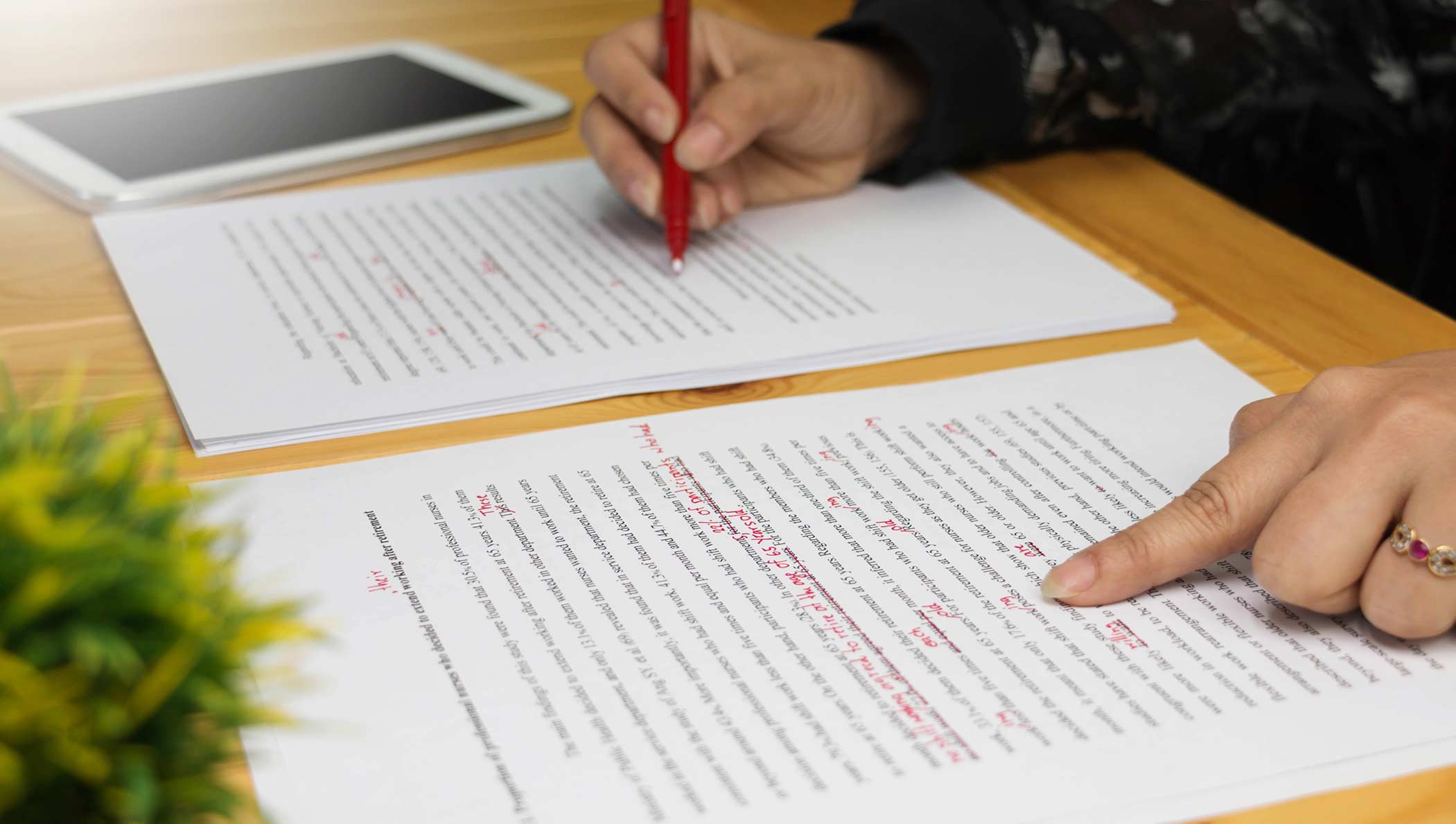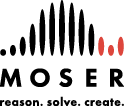The Hyphen, En Dash, and Em Dash
By Moser Educational Services | September 18, 2019

There is, rightfully so, a lot of confusion around three horizontal punctuation marks of varying lengths: the hyphen, the “en” dash, and the “em” dash. Each horizontal mark functions quite differently, so let’s explore their uses, starting with the shortest of the three.
The Hyphen
The hyphen is the shortest of the three, and it is used most commonly to combine words to create compounds: “well-being,” “long-term solution,” and “up-to-date user manual.” On a computer keyboard, the hyphen is located one key to the right of the zero. Most of us use the hyphen when we need to indicate subtraction in algebraic expressions and equations. But technically, the minus sign sits a little bit lower than the hyphen. Using hyphens to create compounds is a complicated issue that we will cover in more depth in a separate blog post.
The En Dash
The en dash is slightly longer than a hyphen but not as long as the em dash. It gets its name from the fact that the dash is about as wide as the letter “N.” En dash usage is quite simple. It literally means the same thing as the word “through.” We use it most commonly to indicate dates and numbers are inclusive: September 1–9 or pages 25–35.
Computer keyboards do not have individual keys for the en and em dash. In Microsoft Word, you have to insert a special character from the insert symbol menu to create a proper en dash.
The Em Dash
The em dash is the longest of the three punctuation marks, and it has great versatility. Unsurprisingly, it gets its name from the fact that it is about as wide as the letter “M.” A good mental shortcut is to remember to use the em dash where a comma simply doesn’t provide a strong enough break in the sentence. Remember, we use commas to enclose parenthetical information, and we use em dashes for the same reason. Parenthetical information should be enclosed inside parentheses, commas, or em dashes. But, there are subtle differences between these. Use parentheses to downplay significance and suggest to the reader that the information is helpful but not necessary. Use commas to enclose parenthetical information that is related to the sentence’s independent clause but not essential. And finally, use em dashes to create a strong break in the structure of a sentence. Or alternatively, use em dashes when using commas would create confusion because other commas are already present in the sentence.
Example:
No one—not even the chief financial officer—realized the company was insolvent!
Explanation:
Here the use of em dashes is appropriate because we are trying to stress the significance of the parenthetical information. In other words, we are emphasizing that even the person most responsible for the company’s financial situation was unaware of the dire circumstances.
Example:
We bought nails, screws, staples, and tape—all of which were heavily discounted—for the contractors to use during construction.
Explanation:
Here it is appropriate to use a pair of em dashes because the use of commas would make the sentence virtually impossible to read because the reader doesn’t know where the list of supplies ends. Imagine the confusion if commas were used instead: We bought nails, screws, staples, and tape, all of which were heavily discounted, for the contractors to use during construction. Ugh!
Pro Tip:
In most text editors (like Microsoft Word), you can insert an em dash by typing two hyphens sequentially. Try it!
Things to Remember
When using any of these horizontal punctuation marks, do not put a space before or after them. The only exception to this rule is with a hanging hyphen. Take for example the phrase “seventeenth- and eighteenth-century literature.” By definition, the first hyphen will have a space after it. Finally, if you are unsure whether to use a comma or an em dash, use a comma. Em dashes indicate a much stronger break in a sentence, and the vast majority of the time commas are sufficient.
If you would like to improve your child’s grammar and writing skills, please contact our team at (720) 605-6622 or via email at info@mosereducational.com.
